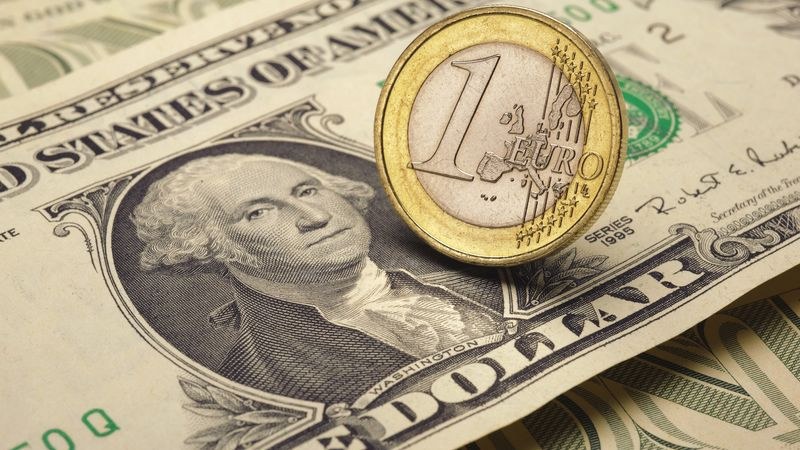
Fortune is a capricious lady: today you are a hero, and tomorrow you are an outcast.
Under the talk that the peak in US inflation may have been passed in June, and the Federal Reserve will slow down the tightening of monetary policy, risky assets led by US stocks and the euro were steadily climbing.
Wall Street ended the past five days with active growth, breaking a three-week losing streak. In particular, the S&P 500 rose 3.6%.
At the same time, experts warned that the short-term outlook for the stock market remains unfavorable, as Fed officials continue to indicate that they are ready to raise rates until inflation is defeated.
"The rally that US stocks showed last week was partly caused by the oversold market after the speech of Fed Chairman Jerome Powell in Jackson Hole on August 26. But we have already seen a decent rise, and there is almost no special potential for short-term growth left," said Truist Advisory Services specialists.
Nevertheless, investors were filled with optimism, and on Monday the S&P index closed in positive territory for the third consecutive session at 4110 points, rising more than 5% from the almost two-week low reached last week near 3900 points.
Amid an improvement in risk appetite, the EUR/USD pair increased by 0.7% to 1.0040 following the results of the last five days.
It improved its position on Monday, adding 0.8% and stopping two steps from the 1.0200 mark.
At the start of the new week, traders continued to win back the results of the September European Central Bank meeting.
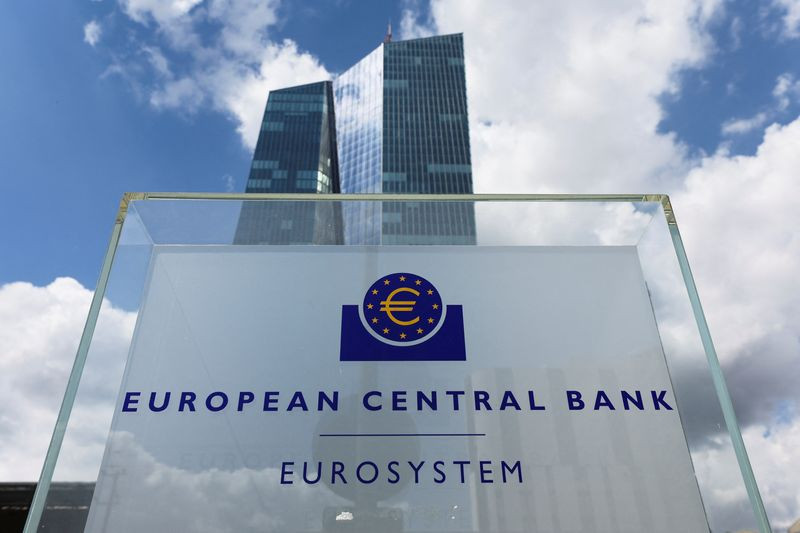
Last Thursday, the central bank raised the key rate by a record 0.75%.
Investors regarded this move as evidence of a tectonic shift in monetary policy in the eurozone.
The ECB is doing its best to catch up now in order to ease the pressure on the single currency, which has already fallen below the parity level with the dollar several times this year. The euro's decline exacerbates inflation in the eurozone due to the rise in the cost of imports, while the opposite effect helps to contain inflation in the United States.
Before the release of the next US inflation data on Tuesday, the key Wall Street indices and the EUR/USD pair were aiming for succeeding growth.
Meanwhile, the protective greenback turned down, retreating by about 2.5% from last Wednesday's peaks, when it reached multi-year highs above 110.70 points.
Although the dollar's sell-off was quite active, it was more like profit-taking than a trend reversal.
This would require a simultaneous combination of two factors, namely: a slowdown in inflation in the US and the immediate acceptance of this fact by the Fed.
At some point, market participants began to put such a scenario in quotes.
60% of economists polled by Reuters before the release of August data on US inflation predicted that the Fed would raise the key rate by 75 basis points at the next meeting. The remaining 40% expected a rate increase of 50 basis points.
At the same time, strategists noted that the question of whether the Fed will slow down the tightening of monetary policy by raising the rate by 50 or 25 basis points at its meeting on November 1-2 is on a knife edge.
However, most respondents predicted that the FOMC would choose a 25 basis point rate hike at its December 13-14 meeting.
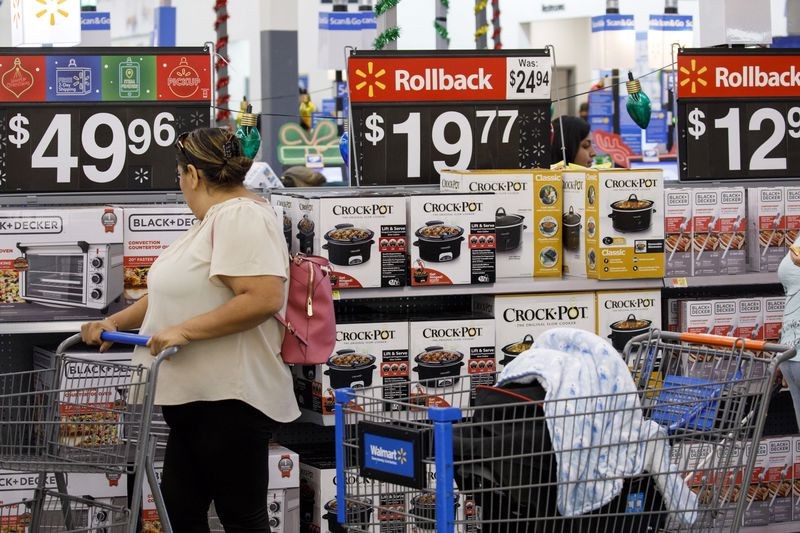
Analysts had expected the monthly consumer price index in the United States to decline by 0.1% in August compared to July, falling to 8.1% year-on-year.
In this scenario, the likelihood of further sharp rate hikes by the Fed was in question.
Traders had hoped that easing supply chain problems and lower commodity prices could prompt the Fed to ease efforts to curb inflation.
Against this background, the greenback plunged to monthly lows on Tuesday, coming close to the 50-day moving average at 107.50. A decisive failure below this level threatened to launch a broader liquidation of long positions in the US currency, which would open up new horizons for EUR/USD bulls.
It seemed that everything was going to this, but the data on unexpectedly high inflation in the United States scared investors so much that they hurriedly began to wind down positions in risky assets and go into a protective dollar.
Experts expected inflation in the United States to slow by 0.1% in August, but prices, on the contrary, rose by 0.1%. On an annualized basis, inflation was 8.3%. This is less than in July, when the indicator was 8.5%, but higher than the forecast of 8.1%.
At the same time, the Fed's preferred core CPI index accelerated to 0.6% in monthly terms in August after rising by 0.3% in July, and the annual indicator rose to 6.3% against 5.9% in the previous month.
"One of the most remarkable things is how large-scale the price increase is. The underlying inflation trend has definitely not yet shown any noticeable progress towards slowing down. And this should worry the Fed, because price growth is increasingly dependent on demand, which means it can be more sustainable," Deutsche Bank strategists noted.
In this case, it is worth waiting for the Fed not to ease monetary policy soon, but on the contrary, its accelerated tightening.
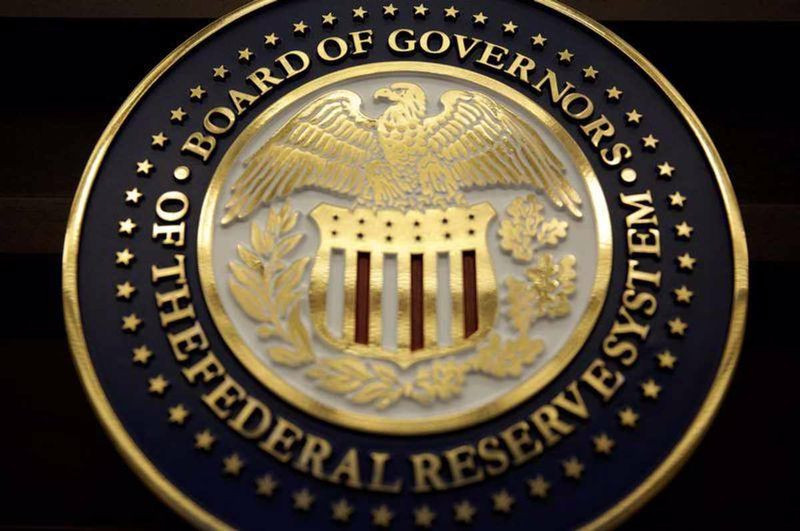
The markets, which until recently were filled with optimism, faced a harsh reality.
Traders even began to put in quotes the probability of a Fed rate hike in September by 100 bps at once.
In addition, expectations for the Fed's terminal rate in this cycle have increased by another 25 bps, to 4.5%.
As a result, the USD sharply changed direction, returning to the area above 109 and increasing by 1.5% during the day, which was the largest one-day gain since March 2020.
Meanwhile, the S&P 500 collapsed by more than 200 points in a matter of hours. On Tuesday, the indicator dropped by 4.32% to 3932.69 points, showing the sharpest decline since June 2020.
The EUR/USD pair also suffered significant losses, plunging into the zone below parity and finished near 0.9970.
Wall Street rose moderately on Wednesday, recovering somewhat after a record two-year collapse. During the day, the S&P 500 index fluctuated between the levels of 3910 and 3950. But in the end, it still increased by 0.34%, to 3946.01 points.
At the same time, the greenback has fallen in price by 0.1% in relation to its main competitors after a sharp jump in the previous session.
Taking advantage of the weakening of the dollar, the EUR/USD pair reached a local high in the area of 1.0020, but then rolled back and ended Wednesday's session near 0.9980.
The comments made by ECB representative Francois Villeroy de Galo provided only temporary support for the euro.
The president of the Bank of France said that a neutral rate close to 2% could be reached by the end of the year.
In addition, the President of the European Commission, Ursula von der Leyen, announced a proposal to charge additional fees from energy companies in order to protect consumers from the rapid rise in energy prices. However, this is unlikely to solve the immediate problem of energy supplies to the region.
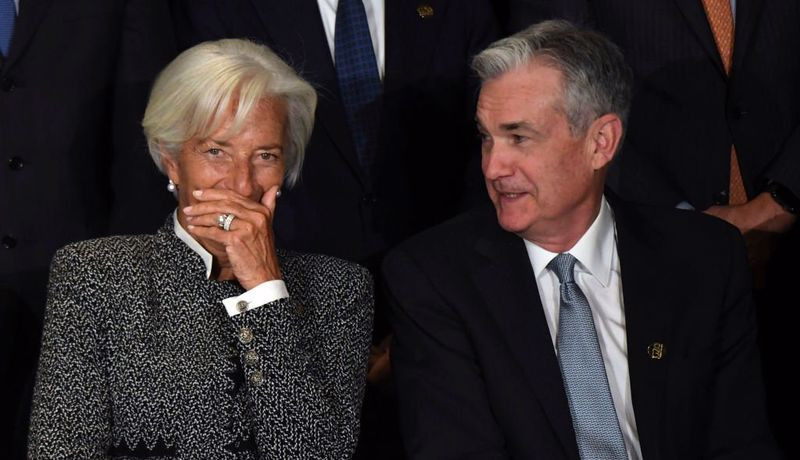
"It will be difficult for the ECB to beat the Fed. This is not surprising, given that the US entered this inflationary crisis with an economy operating with excess production capacity in contrast to the decline in production in the eurozone," ING strategists said.
The data published on Wednesday reflected that industrial production in the eurozone decreased by 2.3% in July compared to the previous month. The indicator decreased at the highest rate since April 2020.
The S&P 500 index again went into negative territory on Thursday, falling by more than 1% during the day. This happened after another batch of reports on the United States showed that the Fed, apparently, will have no choice but to go for another major rate hike at the next meeting.
"Any attempt at a prolonged rally in stocks is unlikely at the moment – it's really difficult, since the Fed is still in tightening mode," Pine Bridge Investments analysts noted.
Retail sales in America unexpectedly increased by 0.3% in August compared to July, although analysts predicted that the indicator would remain at the level of the previous month. And the number of initial applications for unemployment benefits in the United States for the week decreased by 5,000, to 213,000, with an expected increase to 226,000.
These statistics reinforced expectations of a more hawkish Fed policy, which is positive for the dollar.
Although the greenback fluctuated between gains and losses on Thursday, in general, it remained stable against its main competitors.
"The dollar may still remain in the black on the falls. The debate over the Fed rate hike by 75 and 100 bps is likely to maintain demand for USD as a whole," OCBC Bank analysts believe.
"The initial resistance for USD is at the level of 110.30, and then at 110.78 (a multi-year high). The nearest support is located at 109.10 (21-day moving average), and then at 108.45 (38.2% Fibonacci retracement level) and 107.70 (50-day moving average)," they said.
It is obvious that the American economy is showing resilience, and the United States is still shielded from many of the problems plaguing the rest of the world, which makes the dollar an attractive asset as a safe haven.
Meanwhile, the situation looks much more risky in Europe.
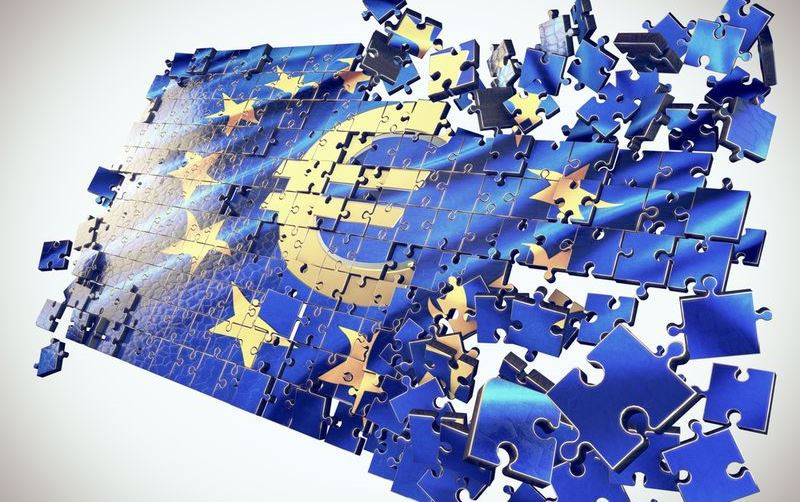
"We are cautious about the ECB and the positive reaction of the euro in response to the hawkish comments of the central bank. The worst – in the form of a severe winter with limited energy supplies and a recession that will force the ECB to become more cautious again – may still be ahead," warn strategists at Commerzbank.
According to Rabobank analysts, EUR/USD risks are trending downwards.
"The dollar is likely to enjoy good support as long as investors do not want to return to risky assets. This may happen in a few months. This period will cover the winter, which is likely to be a test for the eurozone economy. Despite the fact that further, potentially aggressive, rate hikes are widely expected from the ECB, we believe that EUR/USD is in danger of falling further to 0.9500," they said.
Nordea believes that the US economy should continue to outpace the eurozone economy, which will lead to a further decline in the EUR/USD exchange rate.
"The weak economic prospects of the eurozone compared to the United States is one of the reasons that allows us to expect that the dollar will continue to outperform the euro, even if the ECB maintains a hawkish position in the coming months," the bank's specialists noted.
They predict that the EUR/USD pair will continue to decline and reach the "bottom" at 0.9500 later this year.
"In addition, there may be a divergence in policy between EU countries. If EU members do not show solidarity with each other in the difficult months ahead, then questions about the future of the euro may come to the fore again. If this happens, the single currency will weaken even more against the US dollar," they added.
On Thursday, the EUR/USD pair continued to struggle for the direction of movement.
The nearest resistance is at 1.0000. If the pair manages to turn this level into support, the bulls can first target the area of 1.0030-1.0040, and then head to the area of 1.0070-1.0080.
Bears will become more active if EUR/USD falls below 0.9950 and can push the pair to 0.9900 and 0.9870.
 English
English 
 Русский
Русский Bahasa Indonesia
Bahasa Indonesia Bahasa Malay
Bahasa Malay ไทย
ไทย Español
Español Deutsch
Deutsch Български
Български Français
Français Tiếng Việt
Tiếng Việt 中文
中文 বাংলা
বাংলা हिन्दी
हिन्दी Čeština
Čeština Українська
Українська Română
Română

